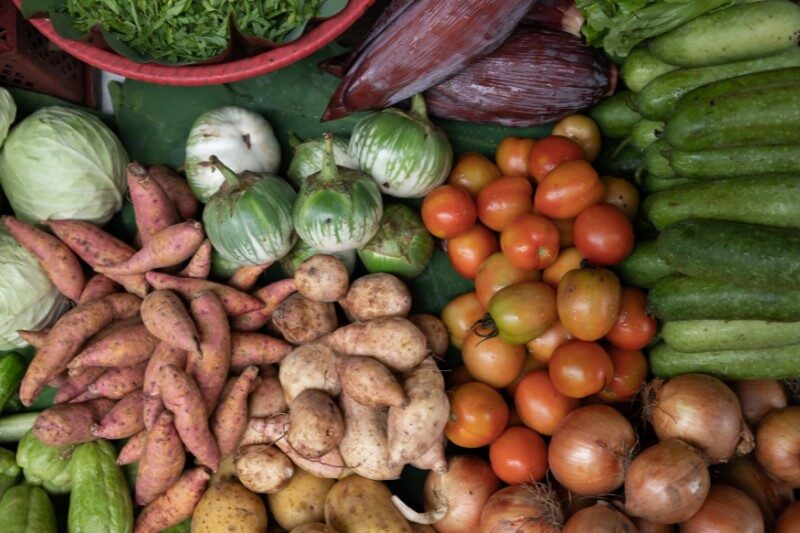
To boost the nutritional well-being of its population, Cambodia’s government has made a big push to increase the production and consumption of fresh produce throughout the country. For vegetables which are consumed uncooked, such as lettuce, preventing contamination from bacteria that cause foodborne illnesses is a food safety challenge. New research from a team of Cambodia- and U.S.-based scientists shows that distribution centers have a role to play in reducing foodborne illness.
Researchers funded by the Feed the Future Innovation Lab for Food Safety have been analyzing the fresh vegetable distribution chain in Cambodia — from farmers to distribution centers to fresh market sellers — to understand where contamination occurs and identify intervention strategies to strengthen food safety practices.

